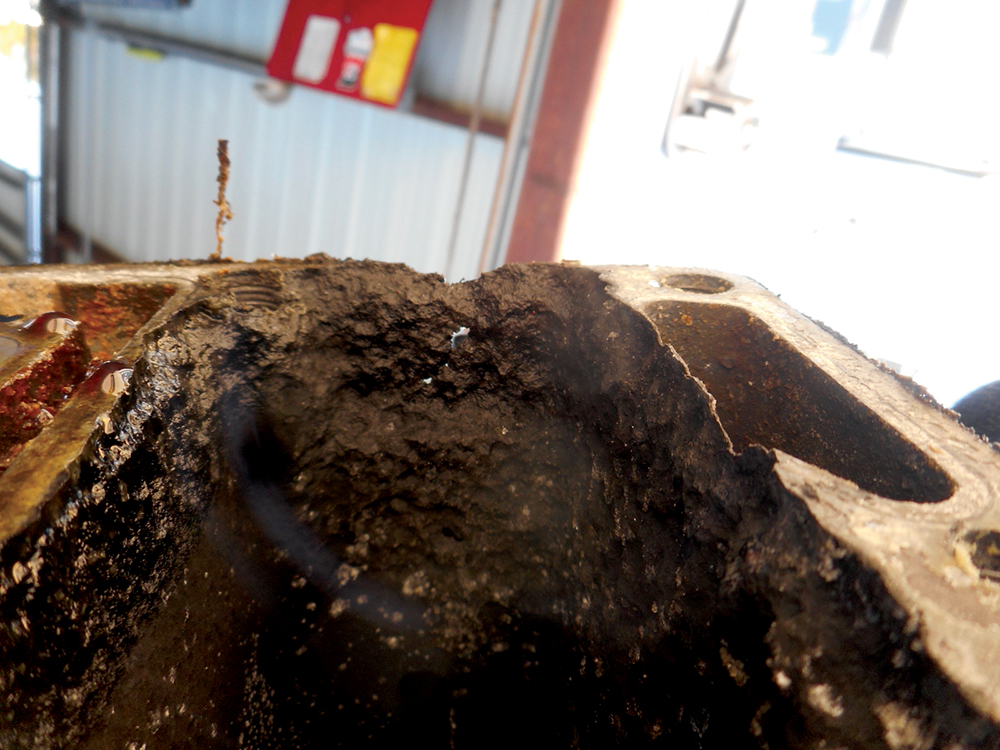What You Can’t See Can Hurt You

Happy and Prosperous New Year to All!
Corrosion (oxidation) of aluminum is a natural result of saltwater exposure over time; hot exhaust gasses accelerate the process. Flushing for three to five minutes using flush muffs with the engine running is most effective. Lower units of boats cradled in slings are cumbersome to access for this method.
Manufacturers provide secondary flush ports for attaching a water hose at the upper pan area in front of or at the rear of the engine lower pan. Owner’s manuals are clear about attaching the hose and flushing without running the engine.
Two reasons I disagree: First - The hose pressure can be as high as 50 psi, and cold water running through the engine so quickly allows insufficient time to for the engine to warm and release the salt. Second - Water flows down to the water pump and not up and through the pump via the pickup tube, which denies water sufficient time to remain in the powerhead. Remember – the heat created by running the engine helps release the minerals.
If you choose to use my recommended method, the hose must be running, and do not start the engine until water flows out of the intakes. Then and only then, run the engine at idle for approximately three minutes.
Attached photo shows a low-hour, seven-year-old, outboard cylinder block oxidized completely through. The most likely cause is sitting in a sling and using the water hose flush method without running the engine.
Conserve the catch for another day and the next generation.
Thank you, and be safe
Chris Mapp
Coastal Bend Marine
Port O’Connor, TX
[email protected]
361-983-4841


